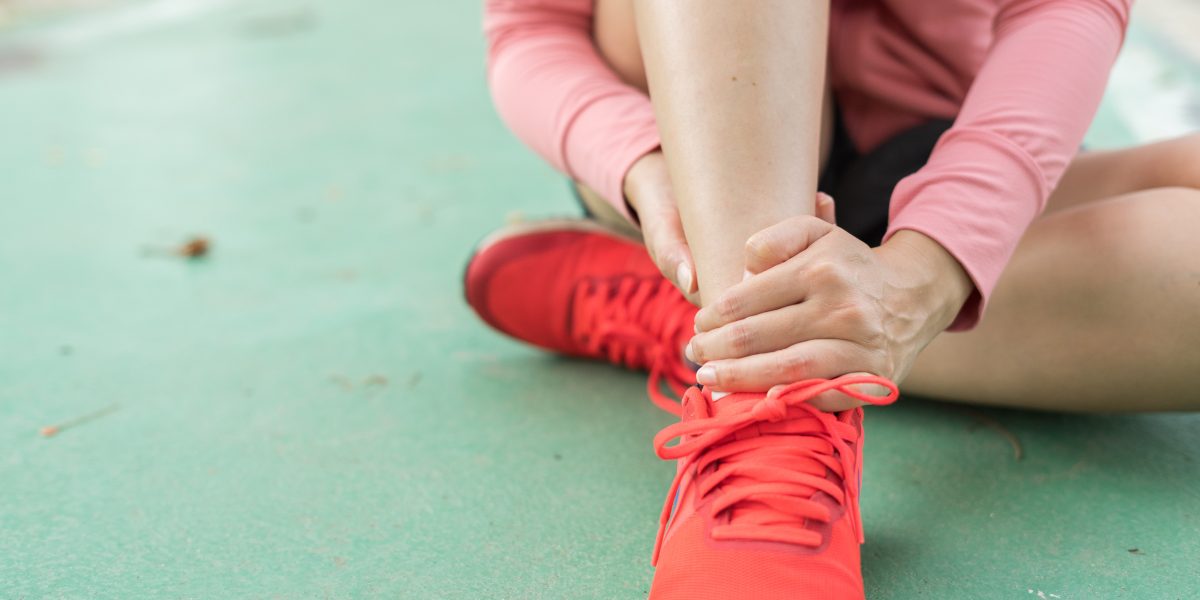Below, nine things I learned the hard way that I hope you can learn the easier way.
1. Focus on prevention and preparation as your foundation.
The absolute best way to come back from an injury is to not get one in the first place. The better you take care of your body from the start, the better position you will be in the long run.
Prevention and preparation overlap to some degree, though there are a few differences. I think about prevention as the groundwork for avoiding an injury—all the things you can do to make your body stronger and more resilient to withstand the forces of training. For me, I’ve found that this includes incorporating strength work to balance out my mobility and focusing on recruiting the correct muscle groups. Preparation is about getting your body primed to do the work you’re asking of it. This can look like incorporating a solid warm-up, increasing the duration of long runs slowly, or making sure your body is rested and hydrated before taking on a tough workout.
Of course, like I mentioned earlier, injuries can happen, even when you do all the preventive steps and do everything you can to prepare your body. And that’s why focusing on the positives of what you can learn from the experience—yep, all that comes below—is so important.
2. Seek help when something feels not quite right.
The correct, educated diagnosis is crucial. Whether you go to a sports medicine physician, orthopedist, physical therapist, acupuncturist, or some combination of them, getting help from someone who is qualified sooner rather than later is your key to getting back to your modality of choice.
If your insurance allows it, I recommend going directly to one of these specialists rather than a primary care doctor or general practitioner. For instance, if I have an issue with my foot, I go straight to a podiatrist. It often streamlines the process, and tends to be a better use of time/money/copays. This is not a knock to GPs: They exist for a reason, but they are trained for general issues and concerns, and may not understand the intricacies of your sport or how to diagnose your given injury.
Pursuing the right pro may also include seeking out a mental health professional—especially if a lot of your life, job, or joy is tethered to your training modalities. Depression and anxiety can accompany injuries, especially for those that take longer to heal. Seeking guidance early can help you deal with whatever feelings accompany the injury or recovery process.
In my earlier years, I struggled with seeking out pros for my injuries: I worried they might tell me to stop all my activity forever. Now, I have a great team of people I trust to give it to me straight and help me start the path to recovery.
3. Analyze the data your injury is giving you.
Data is your friend! Spoken like a true PhD, but seriously, hear me out on this: Injuries of any kind (acute or chronic) will give you data, and this data is incredibly useful. Maybe it’s telling you that you’re overdoing it. Or maybe one side of your body gets hurt more than the other because you’ve been favoring that side for too long.
